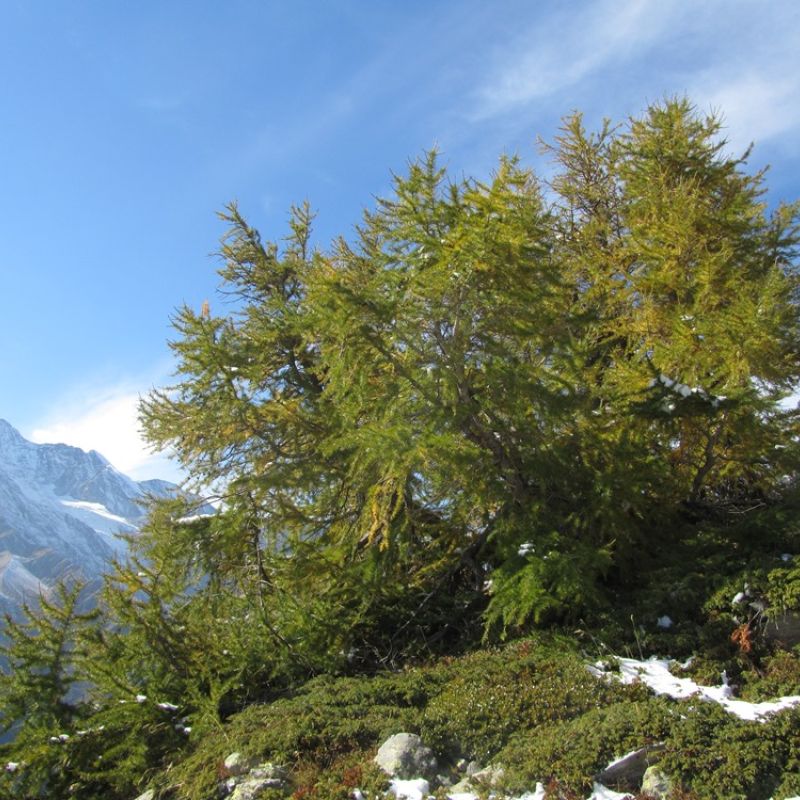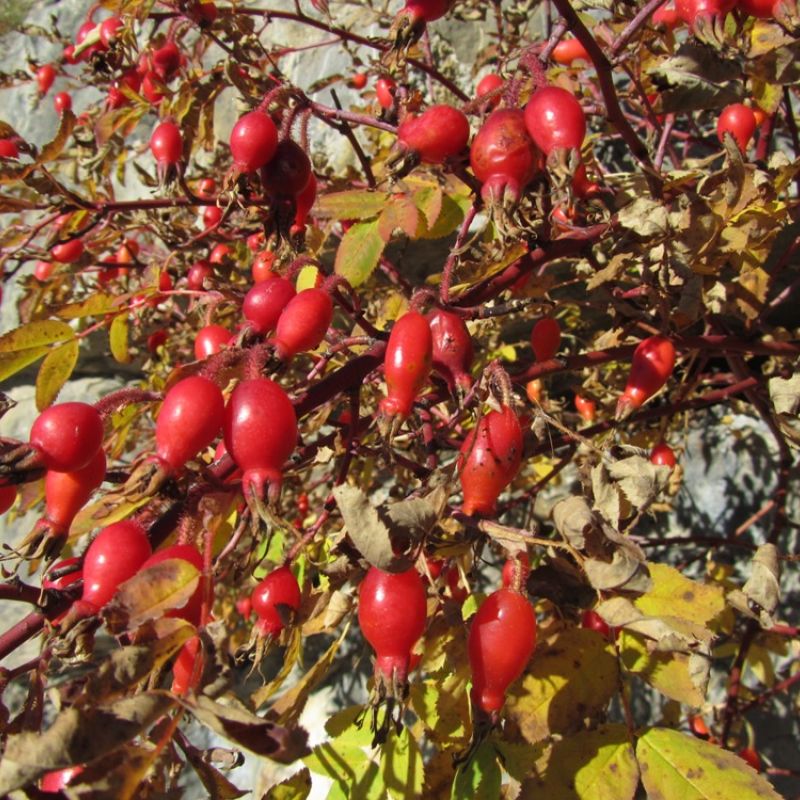Welcome to the Botanical Alpine
Garden Schynige Platte
Competence Centre for the Swiss Alpine Flora
Experience and enjoy the Botanical Alpine Garden with stunning views of the Eiger, Mönch & Jungfrau!
A unique attraction displaying around 800 species of plants native to the Swiss Alps growing in their natural communities. A site of scientific research and nature conservation at 1967 metres above sea level, which also gives visitors a closer look at the beauty, wealth and secrets of Alpine flora.
The Alpine Garden is in hibernation and is left to the black grouse and mountain hares.
We look forward to welcoming you back to the Schynige Platte from June 13, 2026.
Plant of the week

Dwarf Juniper
Family: Cupressaceae
Bloom: May-August, Dark berries in autumn
Findable in the garden: Everywhere in the garden
Calendar week 43
Plant of the week

Larch
Family: Pinaceae
Bloom: May-June
Findable in the garden: next to the Primary Rock Bed
Calendar week 42
Plant of the week

Alpine Rose
Family: Rosaceae
Bloom: June-July, Rose hips in October
Findable in the garden: Everywhere in the garden
Calendar week 41

Plant of the week
Dwarf Juniper
Family: Cupressaceae
Bloom: May-August, Dark berries in autumn
Findable in the garden: Everywhere in the garden
Calendar week 43

Plant of the week
Larch
Family: Pinaceae
Bloom: May-June
Findable in the garden: next to the Primary Rock Bed
Calendar week 42

Plant of the week
Alpine Rose
Family: Rosaceae
Bloom: June-July, Rose hips in October
Findable in the garden: Everywhere in the garden
Calendar week 41
Stay up to date
Unter dem Arbeitstitel «Futura Alpengarten» entwickelte der Verein Alpengarten Schynige Platte ein auf Nachhaltigkeit ausgerichtetes Projekt zur Förderung und Erhaltung dieses einmaligen botanischen Alpengartens. Zum 100-Jahr-Jubiläum 2027 wird es ein Meilenstein in die Zukunft. Diese Neuerungen sind geplant: Umbau Gebäude und Ausstellungsraum, Shop-Erweiterung, Einbau Solaranlage, Anpassung Aussenraum, beschattete Genussplätze, Besucherlenkung. Ein neues Vermittlungssystem soll dazu analog und digital noch interessantere Informationen vermitteln. Möchten Sie sich persönlich mit einer Spende an diesem ausgereiften Projekt beteiligen?
Stay up to date






